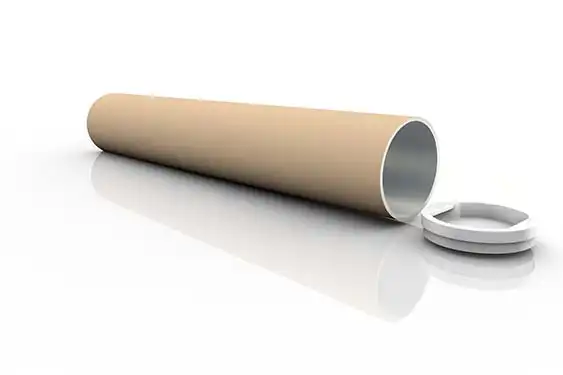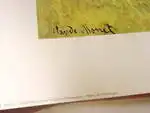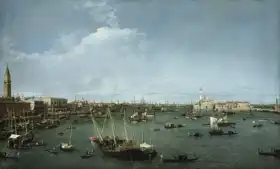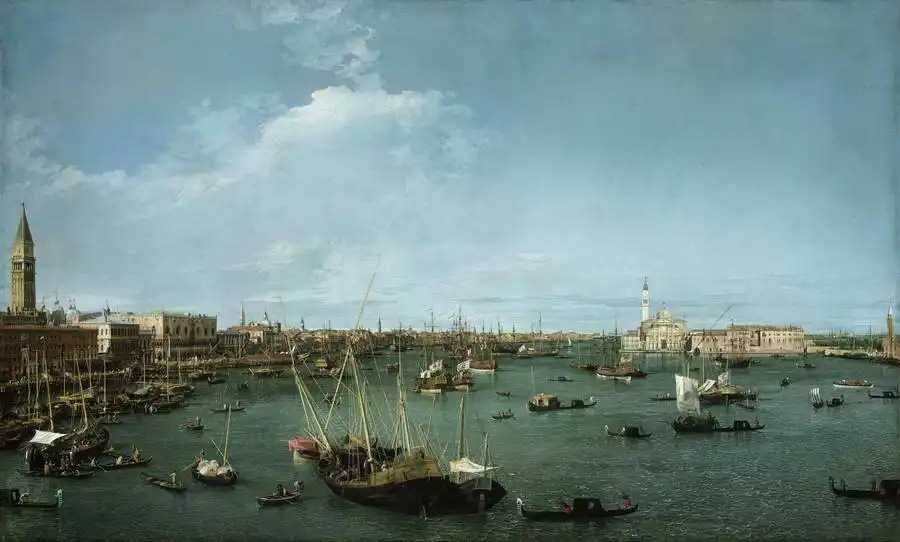About this finishing
Print. The image is printed on the top quality 10-ink HP Z9PS printer on HP matte 270 g / m2 paper. You can choose any size to an accuracy of 1 cm. A margin of 5 cm around the image is added to the size of the motif.


You can find a detailed description about our finishings
here.
Venice, San Marco
Date:
1738Medium:
oil on canvasLocation:
Museum of Fine Arts, BostonDimensions:
204,5 x 124,5Wealthy visitors to Venice in the 18th century liked to take home topographic views of the city called "veduta".
Canaletto , one of the foremost painters of vedutes, draws attention here mainly to the precisely crafted buildings along the coast. Clearly identifiable are the Gothic details of the Doge's Palace on the left and the Church of San Giorgio Maggiore on the right. Historic buildings are complemented by legendary gondolas and other ships. The image is very sharp and has an almost photographic effect.
Canaletto painted picture Venice, San Marco in 1738. Prevailing color of this fine art print is blue and its shape is long. Original size is 204,5 x 124,5. This art piece is located in Museum of Fine Arts, Boston. This image is printed on demand - you can choose material, size and finishing.
Canaletto (1697-1681) was born in Venice. He, along with his brother, learned painting from his father. He started as a painter of theatrical backdrops. In his free time, he painted everyday urban life. When he left his father’s workshop, he went to Rome for inspiration. There, he perfected his fondness for painting architectural elements. This can be seen in the detailed
Baroque paintings of
Venice, where he captured Venice in the period of its greatest beauty and glory. Thanks to the merchant Joseph Smith, Canaletto’s paintings were sold even in England. However, in 1740, the war disrupted the market and a the flurry of British tourists traveling to Venice decreased. This prompted Canaletto to travel to London to keep his clientele. However, English critics described his work as repetitive, and he was labelled a fraud. He did not manage to fix his and so he returned to Venice, where he became a member of the Academy of Arts and painted until his death in 1768.



